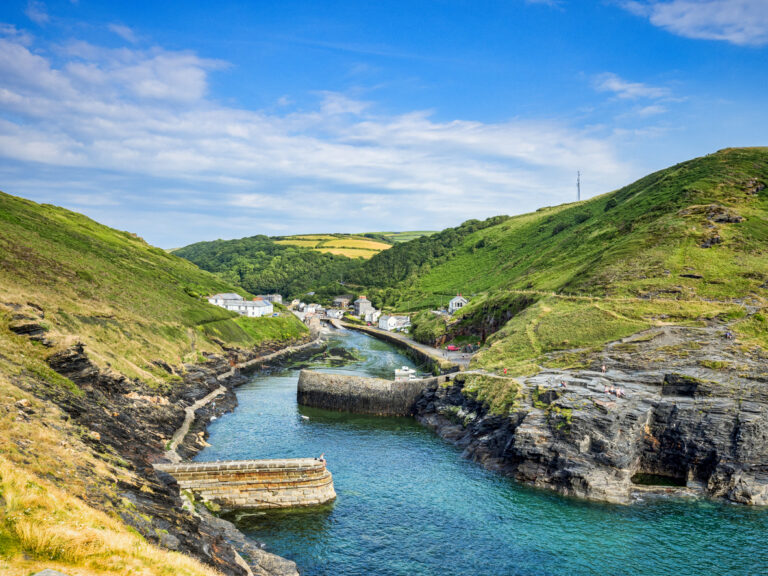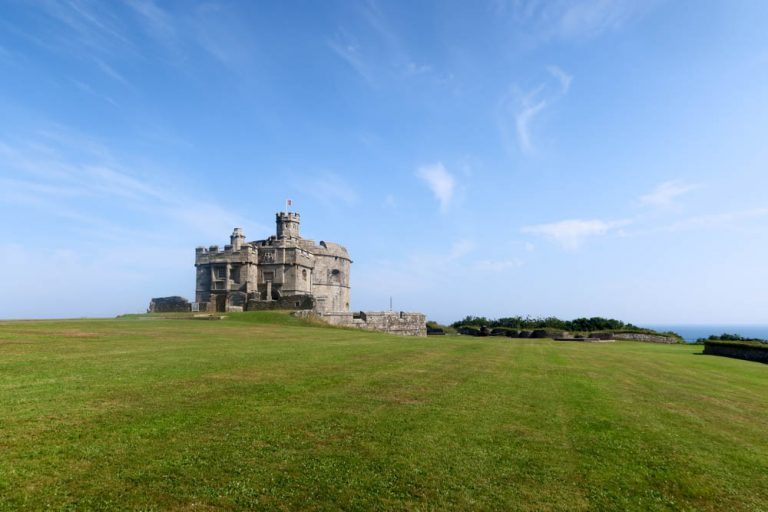English Heritage Cornwall: Best Properties
If you love history, you’ve got to visit these incredible English Heritage Cornwall attractions!
The English Heritage properties in Cornwall range from historic castles to ruins.
From Tudor history at Pendennis Castle to ancient legends at Tintagel, you can learn about them all in this post!
Do I need to be an English Heritage member to visit these attractions?
You certainly don’t need to be a member of the English Heritage to see their castles and ruins, but you will be able to get free entry if you’ve already paid for an English Heritage pass.
There are loads of benefits of being an English Heritage member. You can see my full review here.
Not only can you visit over 400 properties and world-famous prehistoric sites, but there are also opportunities to get involved in members-only events, free parking, and other perks!
Apart from these English Heritage properties in Cornwall, you’ll also get free entry to destinations all over the UK, including Stonehenge, Battle Abbey and Dover Castle.
You can read more about English Heritage membership here.
If you’re more into historic houses, there are also many National Trust places in Cornwall. Read my National Trust vs English Heritage post here!
What English Heritage Sites are in Cornwall?
The leading English Heritage sites in Cornwall are:
- Tintagel Castle
- Pendennis Castle
- St Mawes Castle
- Chysauster Ancient Village
- Launceston Castle
- Restormel Castle
Cornish English Heritage Places
Tintagel Castle
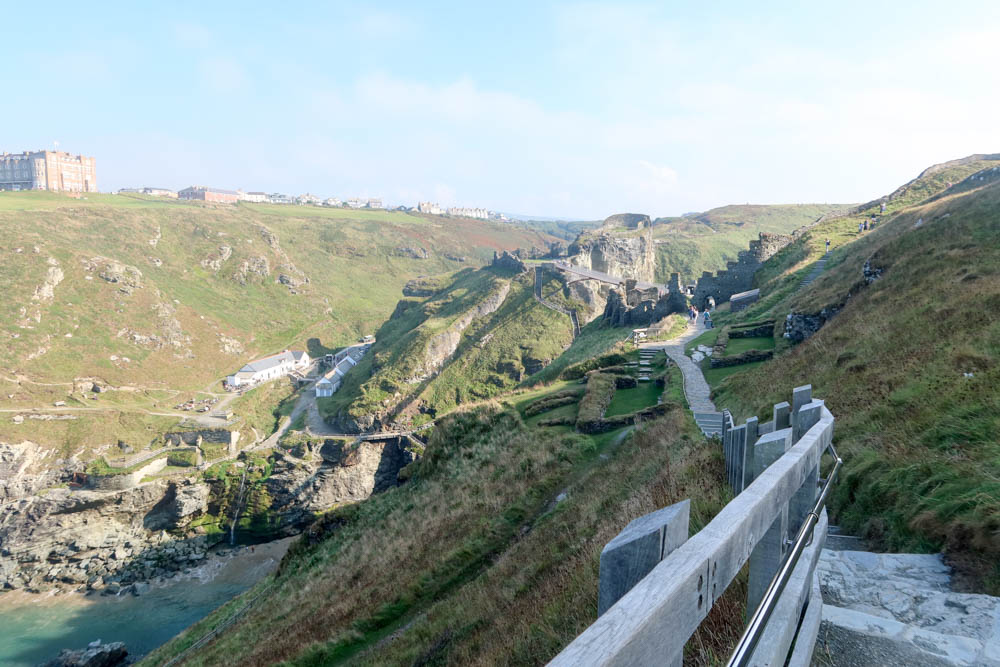
Tintagel Castle is the most popular English Heritage attraction in Cornwall and one of the best Medieval castles in Britain.
With links to the legendary King Arthur, Tintagel Castle is located on the north coast of Cornwall in the village of Tintagel.
There was a royal castle here in the 5th and 6th centuries, with Cornish kings in residence, and there’s also evidence of trading with Mediterranean countries during this era.
However, the 12th century, writer Geoffery of Monmouth said that this was the birthplace of King Arthur.
After hearing this tale, Richard III (Earl of Cornwall) decided to build a castle here, in North Cornwall. Not for the spectacular views, but because he wanted to be linked to King Arthur!
Standing on a rocky outcrop, with panoramic views of the wild Cornish coast, this rugged landscape is stunning – but you can imagine how foreboding it can be in the winter.
Needless to say, Richard Earl of Cornwall didn’t visit very much!
But it’s well, well worth a stop on your Cornwall itinerary.
Click here to read more about Tintagel Castle.
Pendennis Castle

If you’re interested in traditional forts dating back to Tudor times which are brimming with maritime history, then you’ve got to check out Pendennis Castle!
Pendennis Castle was built by Henry VIII, who wanted to protect the Fal Estuary from invasion. As you look over the coastal landscape, you can envisage how the area could be vulnerable to attack.
From the castle grounds, you can enjoy stunning views over the south coast of Cornwall and Falmouth town. In addition, the grounds are a favourite picnic spot!
Pendennis was also an important site during World Wars One and Two. You can explore the Battery, an important naval post and visit museums and art galleries.
There are some action-packed events at Pendennis Castle, such as a regular Medieval joust.
Read more about Pendennis Castle by clicking here.
St Mawes Castle
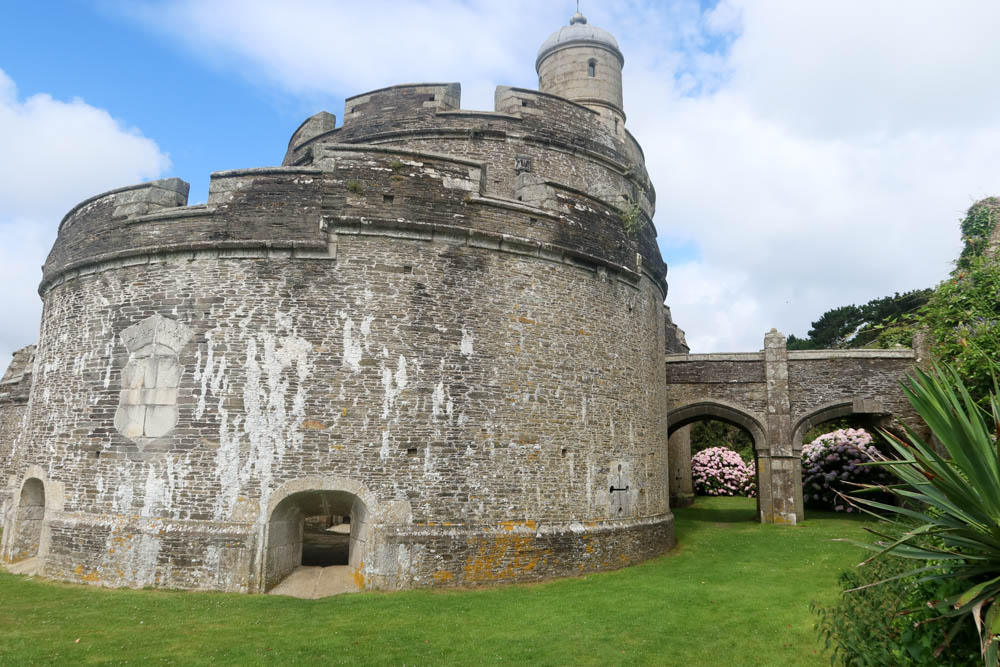
St Mawes is a charming castle on the South Coast of Cornwall, opposite Pendennis. Together, they protected the estuary from enemy invasion.
St Mawes Castle was also built by Henry VIII. It’s a smaller castle than Pendennis, but it has Latin inscriptions in praise dedicated to Edward VI.
From the grounds at St Mawes, you can enjoy sweeping views over the Fal Estuary and Carrick Roads.
It’s easy to get to St Mawes from Falmouth; ferries leave both the Prince of Wales Pier and Custom House Quay.
Launceston Castle
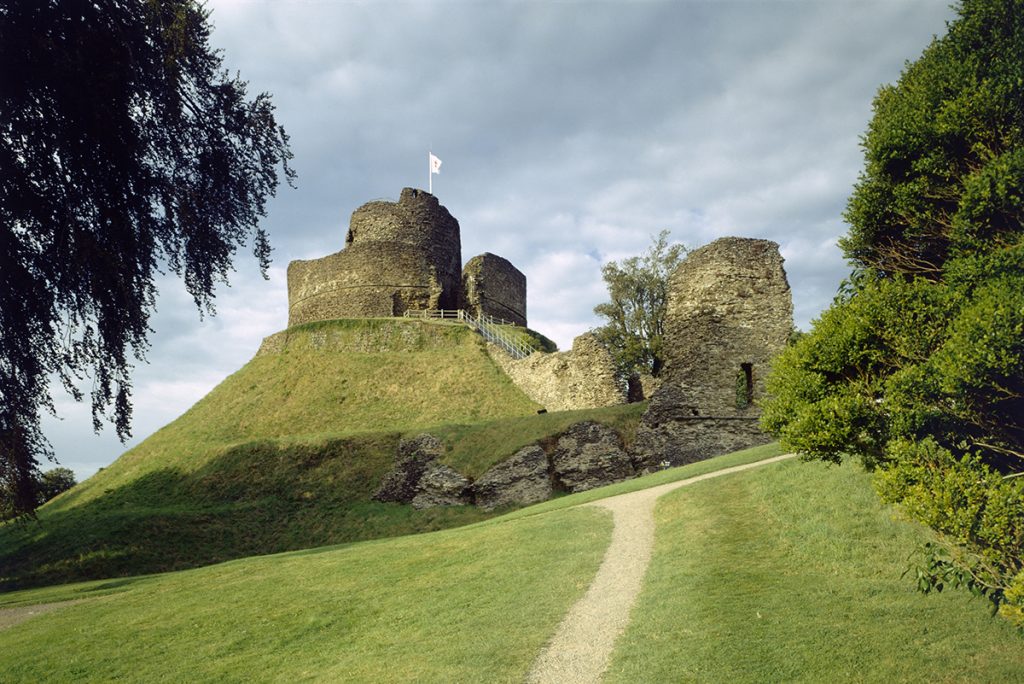
Launceston Castle is one of the most important historic sites in Cornwall. Built on a natural mound, it looks out over Launceston town and has stunning scenery around the Devon/ Cornwall border.
It has over 1,000 years of history and was once the headquarters of Richard Earl of Cornwall’s administrative headquarters.
It’s a really important place for Cornish heritage with a 13th century round tower and a shell keep.
You can see all of the things to do in Launceston here.
Restormel Castle
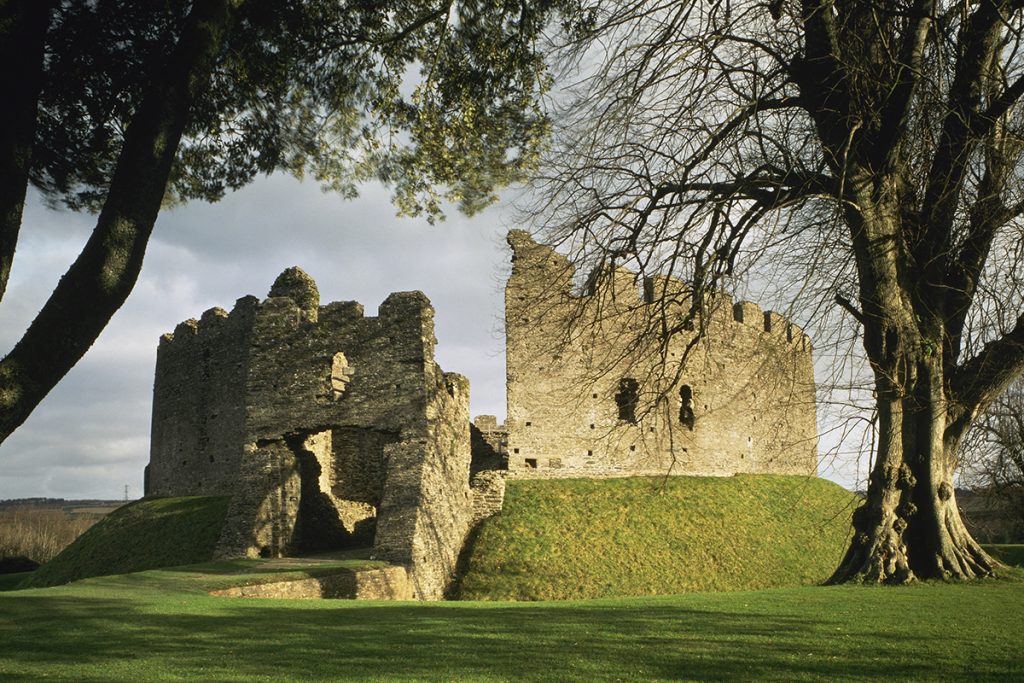
Restormel Castle dates back to the 13th century.
One of the best hidden gems in Cornwall, this castle was built by Medieval owners who used it as a holiday retreat.
You can take in some grand features, like fireplaces, the historic Great Hall and a stone staircase.
It has scenic views over the River Fowey and is a beautiful place to take in the archaeology of the 13th century.
One of the more unusual things to do in Cornwall is to see the glorious wildflowers here, which bloom from around May to October.
Chysauster Carn Euny Ancient Village
Chysauster is a real Cornwall hidden gem.
It is one of the least-visited heritage sites in the region but has a fascinating history.
The village was occupied 2,000 years ago and was made up of ‘courtyard houses’ native to the Land’s End peninsula and the Isles of Scilly.
The site is impressively well preserved. We know that the people who lived at Chysauster were farmers, and cereal crops were grown around the village.
We’re also aware that they occupied the area for 200 years.
While visiting, you can see a fogou, typical of ancient Cornwall. These were used either for storage, ritual building or hiding.
Before visiting Chysauster, check ahead to confirm it’s open – we were caught out a couple of times!
Is St Michael’s Mount English Heritage?
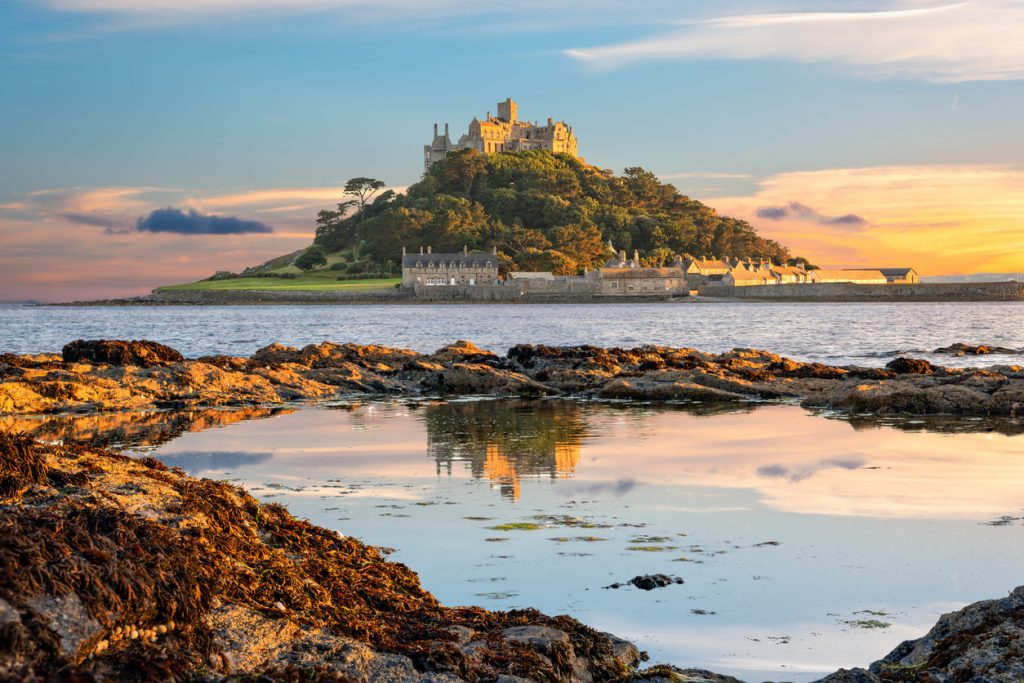
No, despite being a castle, St Michael’s Mount and historic gardens are owned by the National Trust.
This means that you will need a National Trust membership to visit St Michael’s Mount for free.
Of course, you can pay for your entry!
You can read more about St Michael’s Mount here.
What is the Cornwall heritage trust?
The Cornwall heritage trust was created to celebrate Cornish heritage.
It’s a membership with which you can see all English Heritage properties in Cornwall.
However, you can’t visit any additional sites in other counties.
It costs £15 to join the Cornwall Heritage Trust (which is cheaper than the entry to Tintagel Castle alone!).
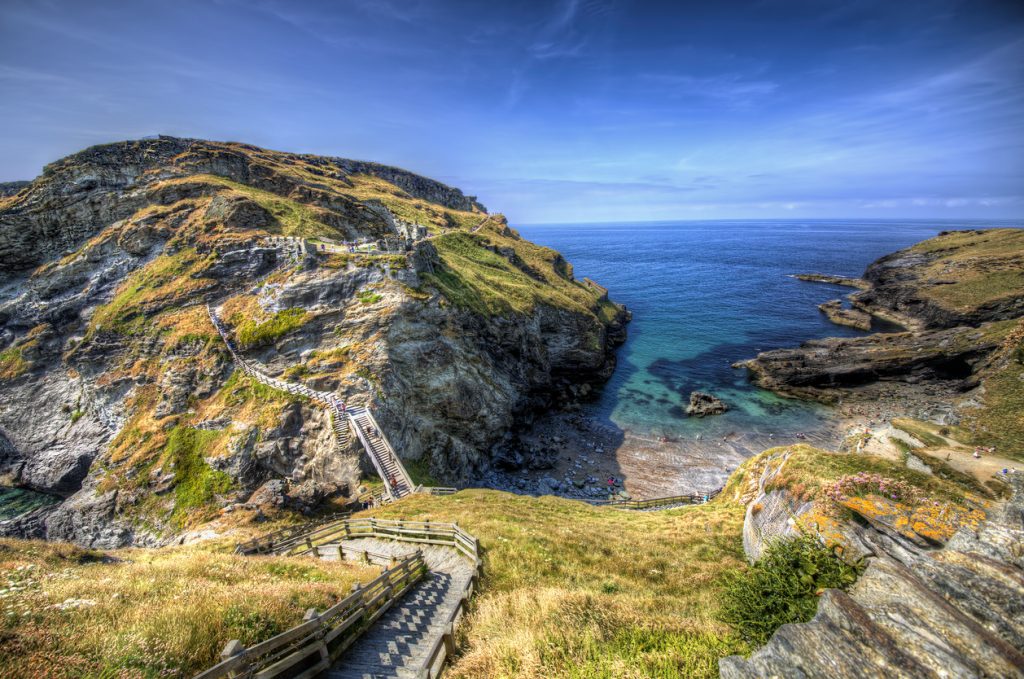
Should I get an English Heritage or Cornwall Heritage Trust membership?
I’d recommend using the Cornwall Heritage Trust if you’re only going to visit places in Cornwall and buying an English Heritage membership if you’re going to visit other sites elsewhere in England.
You can visit all Cornwall heritage trust membership places with an English Heritage membership, and around 400 in other parts of the country.
There are many other benefits to being an English Heritage membership, including access to members-only events, half-price entry to Cadw sites in Wales and Heritage Scotland sites, and the chance to use reciprocal arrangements in other countries.



